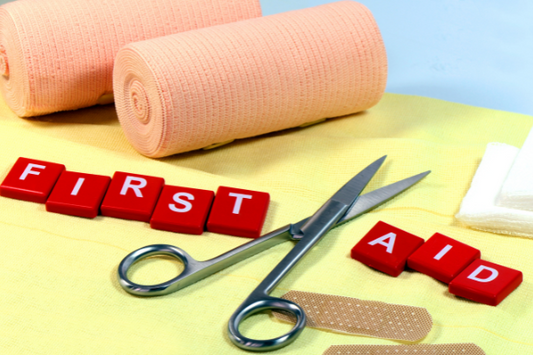Did you know there's a specific way to safely remove a tick from your child, furbaby or yourself?

Freeze it, don’t pull or squeeze it!
Often we go straight for those household tweezers, but tweezers are squeezers!
Read on and find out the simple steps to avoid ticks bites, and tick removal tips
What is a tick?
Ticks are little critters that feed on the blood of animals and humans.
There are lots of different types all over the world, with about 70 species in Australia alone.
The one we need to be careful about in Australia is the Paralysis Tick, also known as Ixodes holocyclus.
According to Australian health data, over 95% of tick bites and most tick-related illnesses here come from this type.
What time of year are ticks active?
The Australian paralysis tick is most active in different stages of its life cycle, depending on the season.
Larvae are most active in autumn, nymphs in winter, and adult ticks in spring. Since this tick thrives in humid conditions, particularly after rainfall, it's crucial to be extra cautious about avoiding tick bites during these times.
What does a tick bite look like?
Typically, a tick bite might just cause swelling and redness.
But some people can have allergic reactions or even paralysis from ticks.
Though tick paralysis is rare, it tends to happen more in children than adults.
Look out for signs like rashes, headaches, fever, flu-like symptoms, sore lymph nodes, unsteady walking, sensitivity to bright light, facial paralysis, or weakness in the limbs.
Mild allergic reactions to tick bites might cause large, swollen, and inflamed areas that last a few days.
Severe reactions (anaphylaxis) can occur if the tick is disturbed and injects more of its saliva.
Here's what you shouldn't do:
Don’t scratch the bite, try to pull or squeeze the tick out, or use chemicals like methylated spirits, kerosene, tea tree, or peppermint oil.
And definitely don’t try to burn it! This will only make the tick release more allergens.
To prevent tick bites, the Australasian Society of Clinical Immunology and Allergy suggests:
- Wearing long-sleeved shirts and long pants in tick areas.
- Tucking your shirt into your pants, and your pants into socks.
- Wearing a wide-brimmed hat and light-colored clothes to easily spot ticks.
- Brushing off your clothes before going inside.
- Undressing and checking your body daily, especially around the neck and scalp.
- Using insect repellents with DEET, like Bushmans Personal INsect Repellant.
- Considering permethrin-treated clothing in tick-prone areas.
- People who frequently have severe reactions might consider moving to areas where ticks are not common.
If you get bitten by a tick, follow these steps:

-Tick Twister This tool is simple and effective for removing ticks from both people and pets.
The Tick Twister is not expensive and is designed to remove ticks safely and quickly, without leaving any parts of the tick behind.
This is important because leaving parts of the tick in the skin can increase the risk of infection.
- For adult ticks, freeze them with a spray like Tick Tox Spray containing ether, also available at pharmacies.
- For small ticks (larvae and nymphs), use permethrin cream from the pharmacy.
For More Information
TIARA: https://www.tiara.org.au/
ASCIA: https://www.allergy.org.au/patients/insect-allergy-bites-and-stings/tick-allergy
Health direct: https://www.healthdirect.gov.au/tick-bites



















